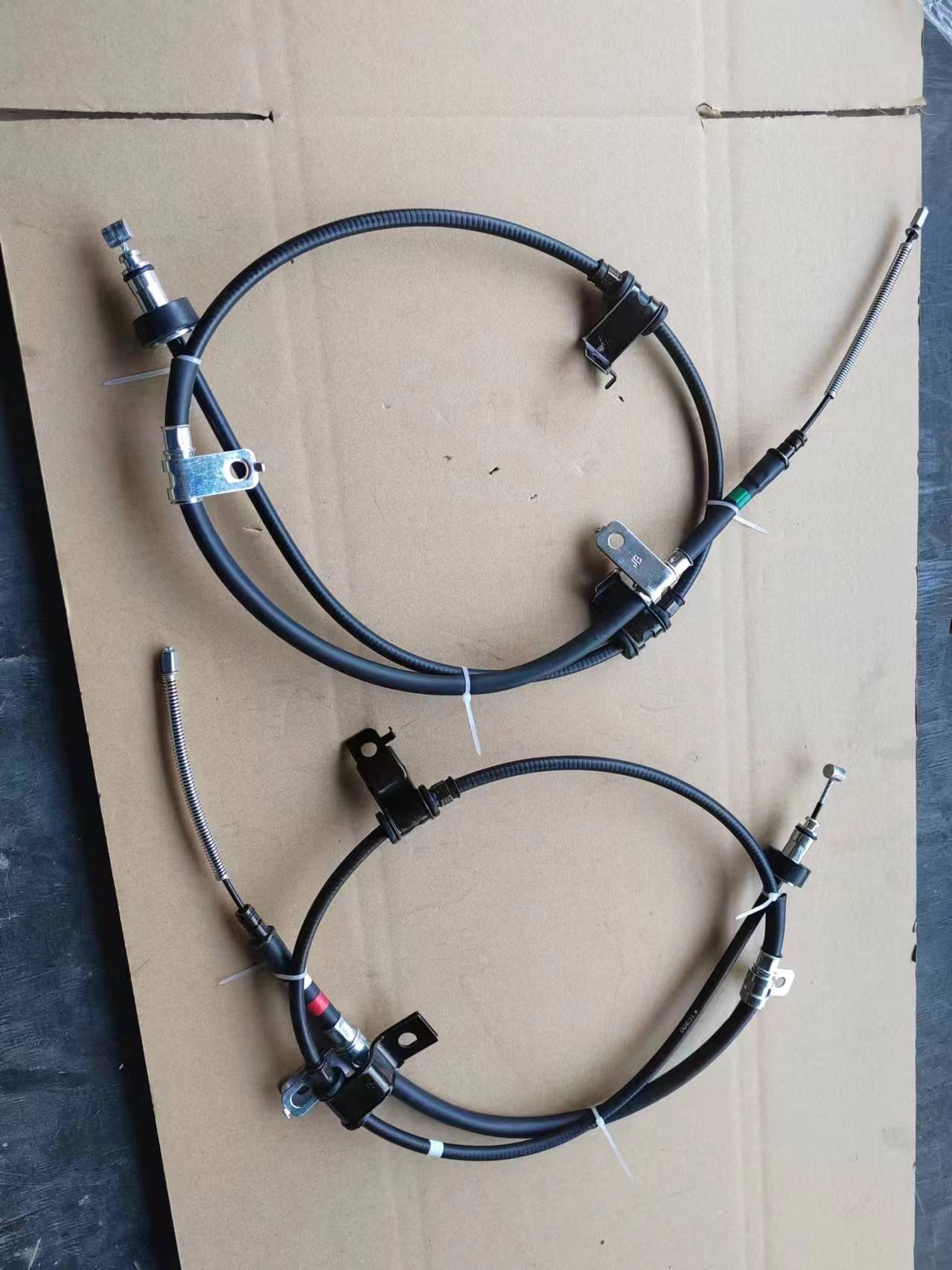throttle and cable
Understanding Throttle and Cable Systems in Vehicles
Throttle and cable systems are integral components of modern vehicles, playing a crucial role in engine management and performance. At its core, the throttle controls the amount of air (and subsequently fuel) entering the engine, dictating the engine's power output and speed. The cable system is the mechanism that transmits the driver's input from the accelerator pedal directly to the throttle body, ensuring a responsive driving experience.
The Throttle System
The throttle system traditionally operates using a mechanical connection, where pressing the accelerator pedal pulls a cable that opens the throttle plate in the engine's intake. This allows more air to enter, facilitating a corresponding increase in fuel delivery. As the pedal is released, the throttle plate closes, reducing air and fuel intake, and consequently slowing the vehicle down. This straightforward design has its advantages, primarily in simplicity and reliability.
However, advancements in technology have led to the widespread adoption of electronic throttle control (ETC) systems. Instead of a traditional cable, ETC uses sensors and motors to control the throttle position. When the driver presses the accelerator pedal, a sensor detects the position and sends a signal to the engine control unit (ECU), which then adjusts the throttle electronically. This system improves precision, allows for better integration with modern engine management systems, and can enhance fuel efficiency and emissions control.
The Role of the Throttle Cable
throttle and cable

In vehicles equipped with mechanical throttle systems, the throttle cable plays a vital role. Made typically from a stainless steel wire encased in a protective sheath, the throttle cable must withstand tension and friction while being responsive to the driver's input. The proper functioning of the throttle cable is essential; if it becomes frayed, stretched, or disconnected, it can lead to sluggish acceleration or even total loss of throttle control. Regular maintenance and inspection of the throttle cable can prevent potential safety hazards.
One of the common problems associated with throttle cables is binding, which can occur due to wear, dirt accumulation, or misalignment. Drivers may notice a sticky accelerator pedal, which can be not only frustrating but also dangerous. In such cases, addressing the issue promptly is essential, whether through lubrication, adjustment, or replacement of the cable.
Future Trends
As vehicles continue to evolve, the trend towards advanced electronics and software in throttle systems is likely to grow. Features such as adaptive cruise control, traction control, and even autonomous driving technologies rely heavily on precise throttle control. The integration of these systems allows for improved safety and driving dynamics, further distancing modern vehicles from their mechanical predecessors.
In conclusion, both throttle and cable systems are crucial for the safe operation and performance of vehicles. Whether through traditional mechanical systems or cutting-edge electronic controls, understanding how these components interact helps drivers appreciate the intricate design and engineering involved in their vehicles. Ongoing advancements will likely continue to enhance these systems, paving the way for more efficient and responsive driving experiences in the years to come. Keeping an eye on the maintenance of these systems ensures not only the performance of the vehicle but also the safety of the occupants.
-
Upgrade Your Vehicle with High-Quality Handbrake CablesNewsNov.01,2024
-
Optimize Your Bike's Performance with Quality CablesNewsNov.01,2024
-
Enhance Your Vehicle's Performance with Quality Clutch ComponentsNewsNov.01,2024
-
Elevate Your Vehicle's Performance with Quality Throttle CablesNewsNov.01,2024
-
Elevate Your Vehicle's Performance with Quality CablesNewsNov.01,2024
-
Affordable Solutions for Your Cable NeedsNewsNov.01,2024
